Common names: lynx, Eurasian lynx
Scientific name: Lynx lynx
Family: Felidae (cats)
Habitat: dense woodland, mountain slopes
Diet: roe deer, small mammals, birds
Predators: wolves
Origin: native
These solitary, stealthy hunters are currently extinct in the UK, but some advocates of rewilding would like to see them return.
Common names: lynx, Eurasian lynx
Scientific name: Lynx lynx
Family: Felidae (cats)
Habitat: dense woodland, mountain slopes
Diet: roe deer, small mammals, birds
Predators: wolves
Origin: native
Eurasian lynx are typically a little smaller than a Labrador dog, with long legs and webbed paws – ideal for navigating the snow. They have thick, greyish-brown fur with black spots that vary in prominence. Their belly is completely white.
This species has pointed black-tipped ears (to improve its hearing) as well as a thick ruff of white hair around its neck. It also has a black-tipped bobtail. The Eurasian lynx stands at around 60-75cm tall and weighs around 15-30kg.
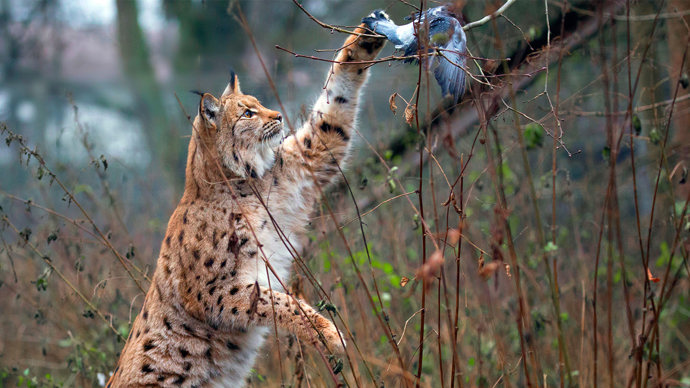
Credit: Blickwinkel / Alamy Stock Photo
While the diet of this species varies depending on its range, it feeds predominantly on roe deer, where available. It also eats red deer, birds, rabbits, hares, rodents and foxes. Lynx have brilliant hearing and eyesight, making them exceptional hunters. They hunt by quietly stalking and pouncing on their prey, and have been known to bring down prey four times their size.
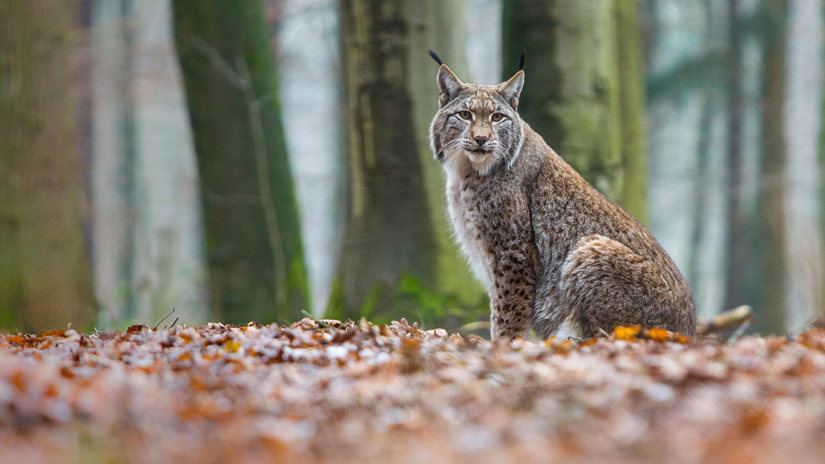
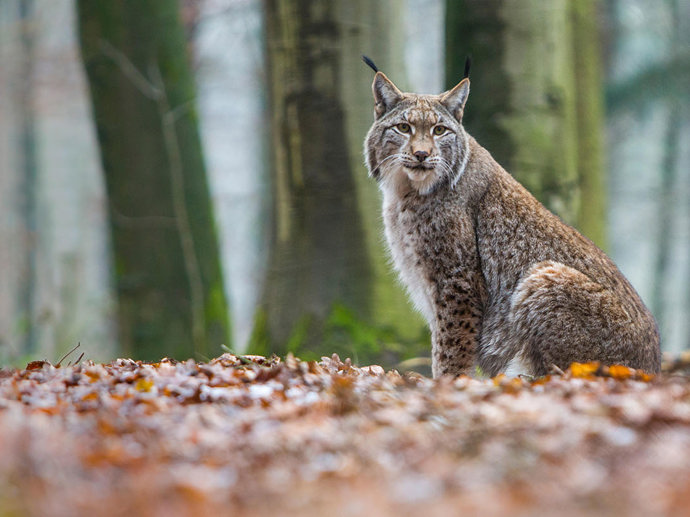
Sally Bavin • 12 Aug 2020
Could lynx, wolves and bears roam the UK's woodland once more? Find out if these extinct species could ever return.
Lynx are crepuscular, meaning they’re active during dawn and dusk and spend most of the day asleep.
Lynx breed towards the end of winter, around February to March. Female lynx will become very vocal and leave scent marks in order to attract a mate. Once pregnant, females will find a cosy den, before giving birth to two or three kittens.
After six weeks the kittens are ready to leave the den, and are fully weaned after around six months. They become independent at approximately 10-months-old.
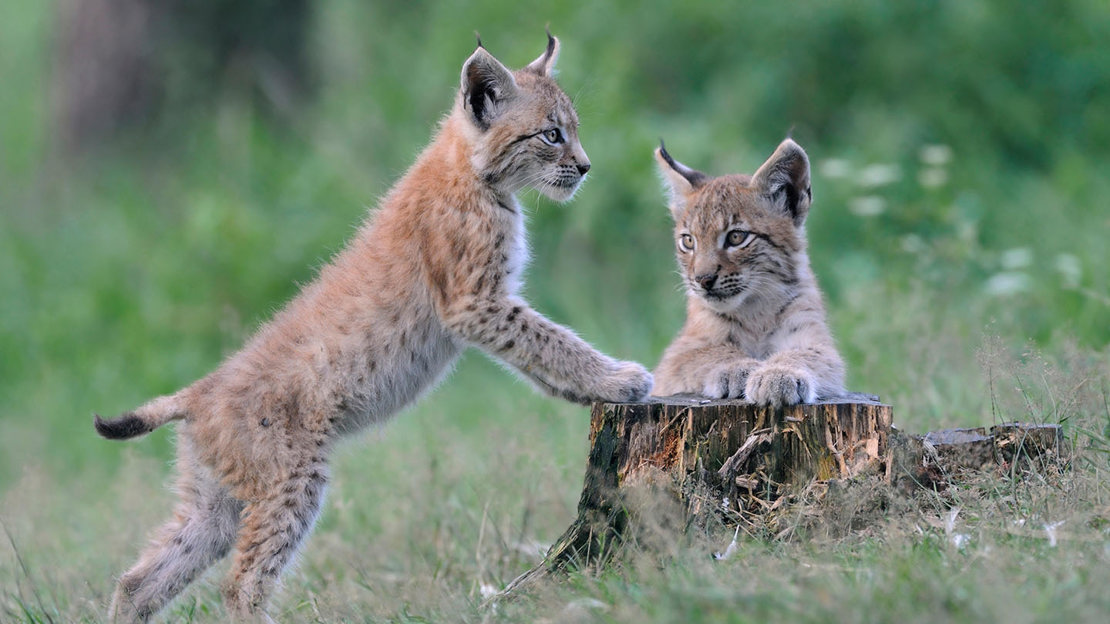
Lynx favour dense woodland, as it is ideal for hunting, as well as rocky mountain slopes. They are found across Eurasia, from France in the west to Siberia in the east.
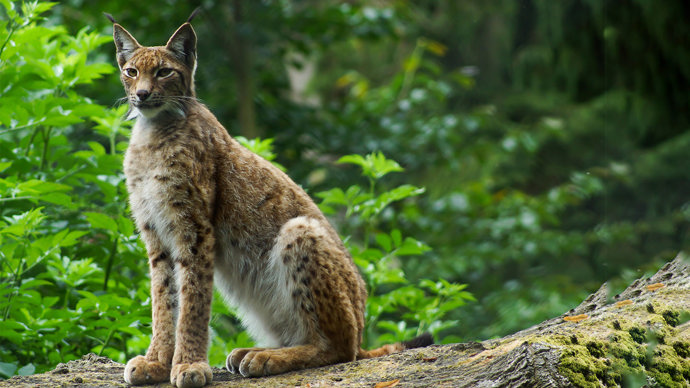
Credit: James Dale / Alamy Stock Photo
The lynx was sadly hunted to extinction in western Europe, but due to a combination of legal protection and reintroductions it is making a slow recovery. It has been reintroduced in several European countries, including Germany, Switzerland and France.
An application to trial the reintroduction of lynx into the Kielder Forest in Northumberland was rejected by the Government in 2018. The organisation behind the project, the Lynx UK Trust, has expressed a desire to reapply for a reintroduction in the future.
Lynx have exceptionally good eyesight – they can spot a mouse up to 250ft away.

Woodland wildlife is fading before our eyes. Please support our appeal to save rare and threatened species.
Donate now